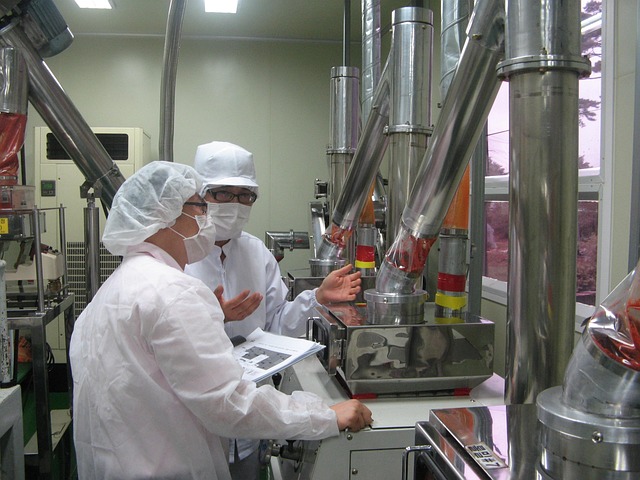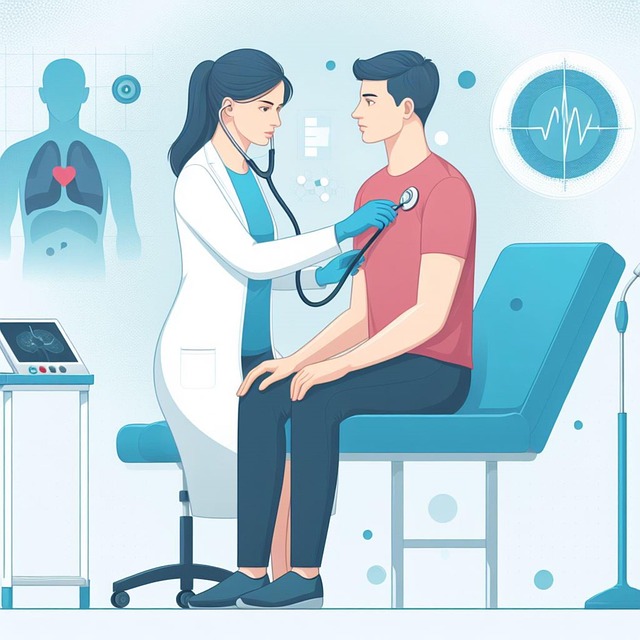Medical background verification is a critical process in healthcare, ensuring patient safety by scrutinizing medical professionals' qualifications, licensing, and disciplinary records. This involves cross-referencing data from official databases using AI and machine learning algorithms to identify potential risks. It's both a legal and ethical requirement, crucial for maintaining public trust and mitigating risks of unprofessional behavior. Best practices involve comprehensive systems that uncover red flags, while technological advancements enhance accuracy and streamline the process, adhering to regulations like HIPAA and GDPR. Future innovations may include advanced data analytics and secure digital platforms, enabling international collaboration for global public safety through efficient oversight of healthcare professionals.
In the critical realm of healthcare, ensuring patient safety and trust is paramount. One crucial aspect often overlooked is the screening of medical professionals for past disciplinary actions during medical background verification. This article delves into the significance and intricacies of this process, exploring its legal and ethical underpinnings. We will guide you through the various methods employed, from traditional to advanced technologies, while addressing the delicate balance between privacy protection and public safety in healthcare worker verification.
- Understanding Medical Background Verification: The Process and Its Purpose
- Why Screen for Disciplinary Actions: Legal and Ethical Considerations
- Implementing Effective Screening Methods: Best Practices and Technologies
- Balancing Privacy and Public Safety: Challenges and Future Directions in Healthcare Worker Verification
Understanding Medical Background Verification: The Process and Its Purpose

Medical background verification is a meticulous process that plays a pivotal role in ensuring patient safety and maintaining the integrity of healthcare systems. It involves an in-depth examination of a medical professional’s history, encompassing their educational qualifications, licensing, and disciplinary actions taken against them in the past. This rigorous screening is designed to identify any potential risks or issues that could impact the quality of care provided to patients.
The process typically begins with gathering essential documents and records, including diplomas, licenses, and any reports of disciplinary hearings. These are then cross-referenced with reliable databases and official registries to verify their authenticity and accuracy. By delving into an individual’s medical background, employers can uncover past misconduct, ethical violations, or malpractice suits, allowing them to make informed decisions regarding hiring and patient assignment.
Why Screen for Disciplinary Actions: Legal and Ethical Considerations

In the healthcare industry, where patient safety is paramount, screening for past disciplinary actions during medical background verification is both a legal and ethical necessity. This process ensures that qualified professionals have a clean record and meet the highest standards of conduct, which is crucial for maintaining public trust. Healthcare organizations are held to strict regulations, making it imperative to vet candidates thoroughly before hiring or assigning sensitive responsibilities.
Disciplinary actions, ranging from warnings to license suspensions or revocations, signal potential issues with an individual’s fitness to practice medicine. Medical background verification screens for these red flags, enabling employers to make informed decisions. By doing so, they mitigate risks associated with hiring individuals who may have a history of unprofessional behavior, malpractice, or ethical lapses, thereby safeguarding patient welfare and upholding the integrity of healthcare delivery.
Implementing Effective Screening Methods: Best Practices and Technologies

Implementing effective screening methods for healthcare workers involves a meticulous process that goes beyond basic qualifications and experience. Best practices include employing comprehensive medical background verification systems, which delve into an applicant’s history to uncover potential red flags. These systems cross-reference data from various sources—including state licensing boards, legal records, and reputable third-party databases—to ensure thoroughness.
Technological advancements play a pivotal role in enhancing this process. Digital platforms equipped with artificial intelligence (AI) and machine learning algorithms can analyze vast amounts of data, identifying patterns and anomalies that might indicate past disciplinary actions or ethical concerns. This modern approach not only streamlines the verification process but also improves accuracy, ensuring that healthcare facilities maintain high standards of patient safety by welcoming only those with unblemished records into their ranks.
Balancing Privacy and Public Safety: Challenges and Future Directions in Healthcare Worker Verification

In the pursuit of ensuring public safety, healthcare worker screening for past disciplinary actions has become a critical aspect of modern medical background verification processes. However, this essential practice presents a delicate balance between protecting patients and upholding privacy rights. The challenge lies in accessing and interpreting historical data while maintaining the confidentiality of sensitive information. With strict data protection regulations in place, such as HIPAA in the US or GDPR globally, healthcare institutions must navigate complex legal frameworks to verify worker backgrounds effectively.
Future directions in medical background verification may involve leveraging advanced data analytics techniques and secure digital platforms. These innovations could streamline the screening process while ensuring compliance with privacy standards. Additionally, international collaboration on data sharing practices and standardized verification protocols can enhance global public safety by facilitating efficient yet responsible oversight of healthcare professionals across borders.














